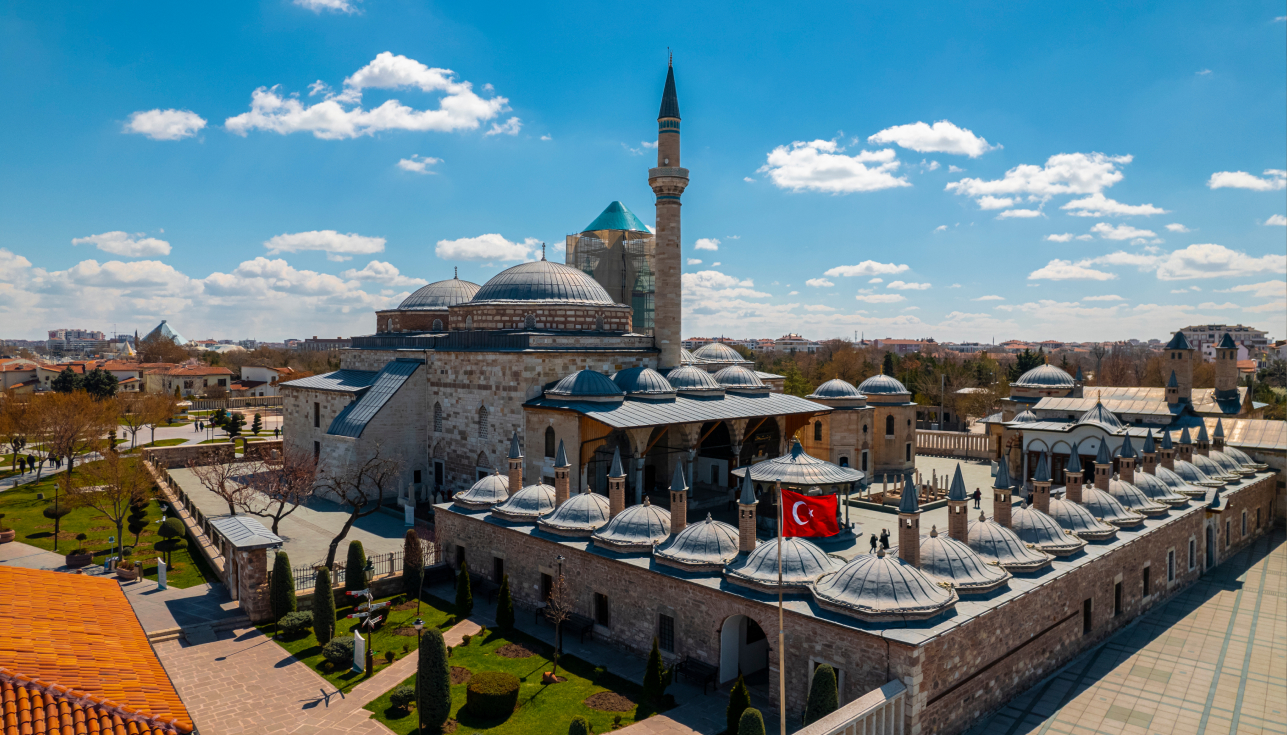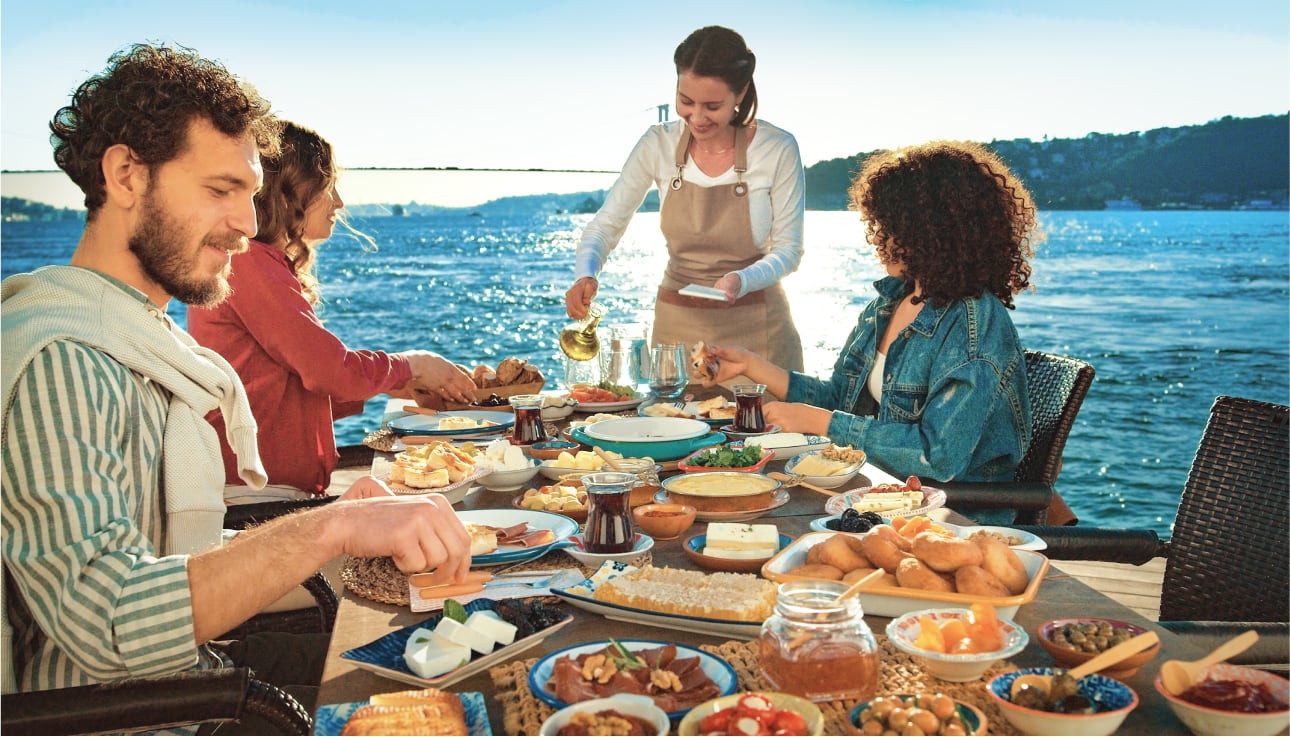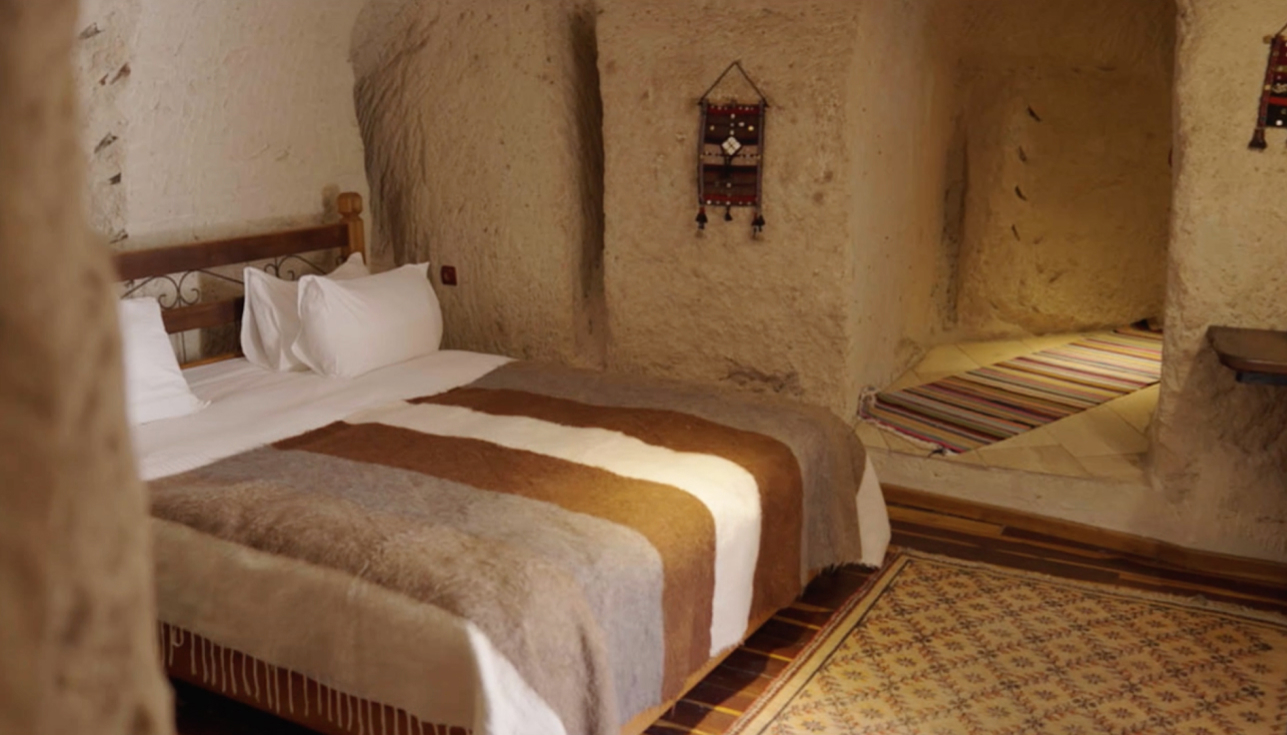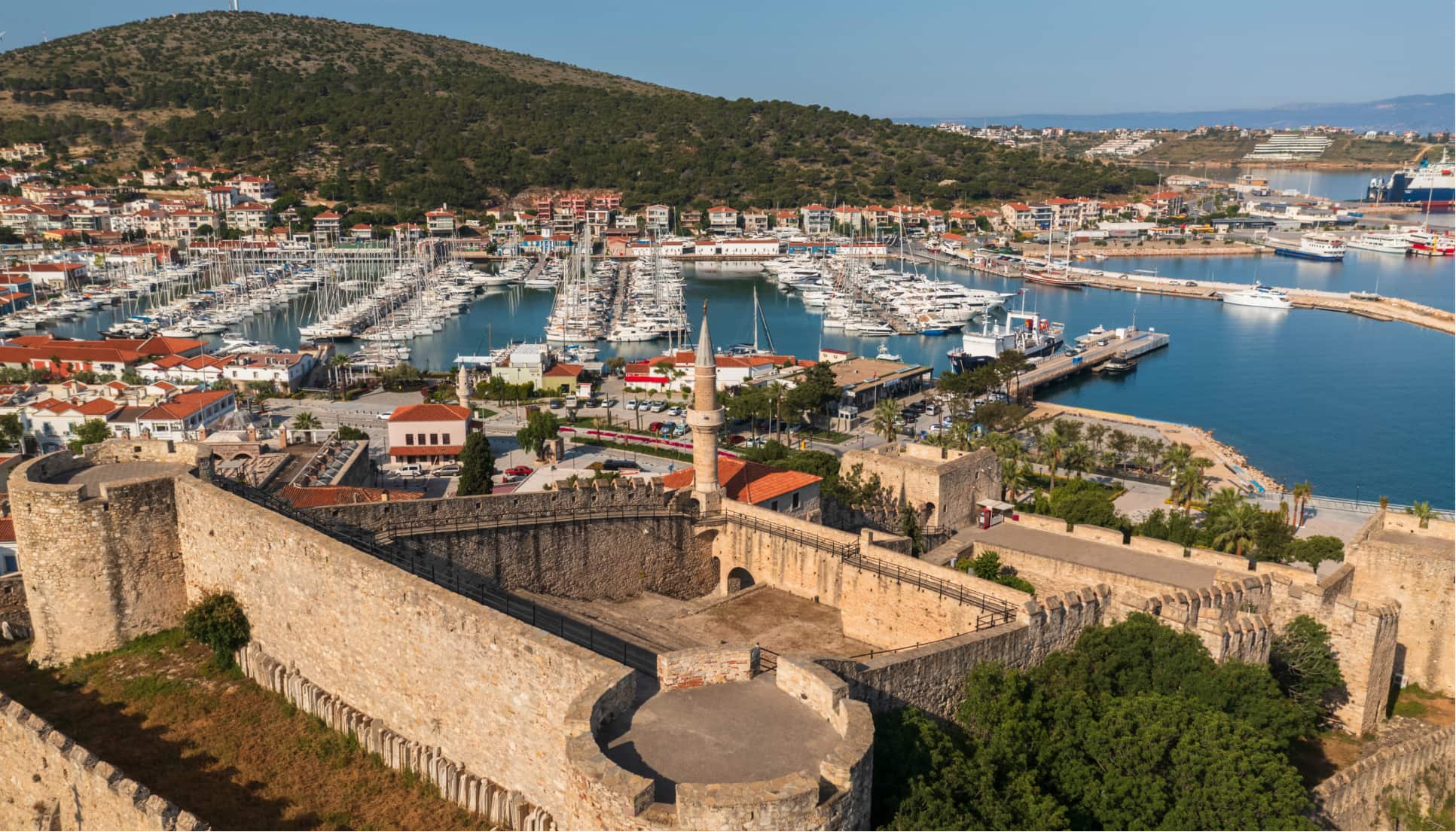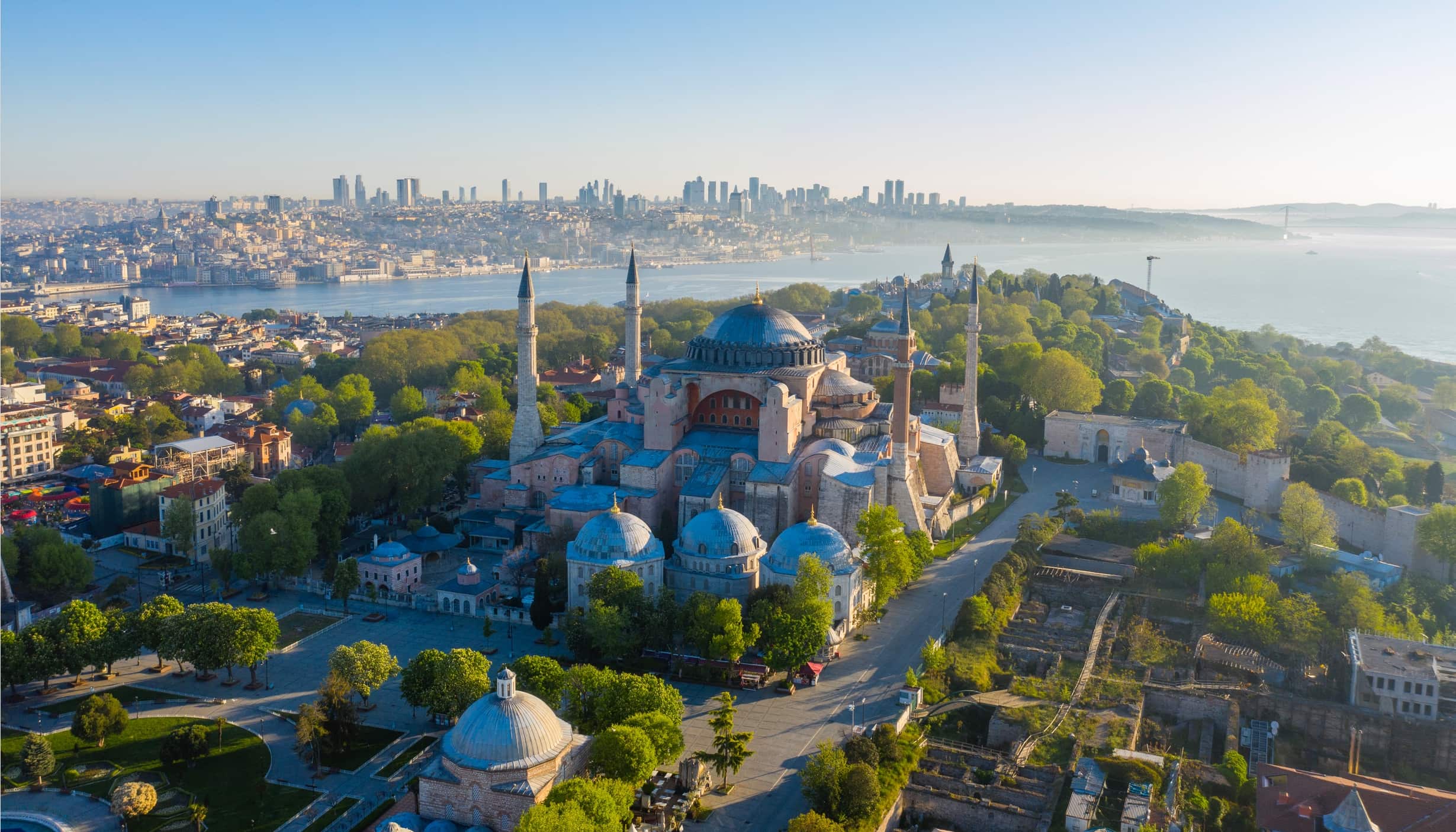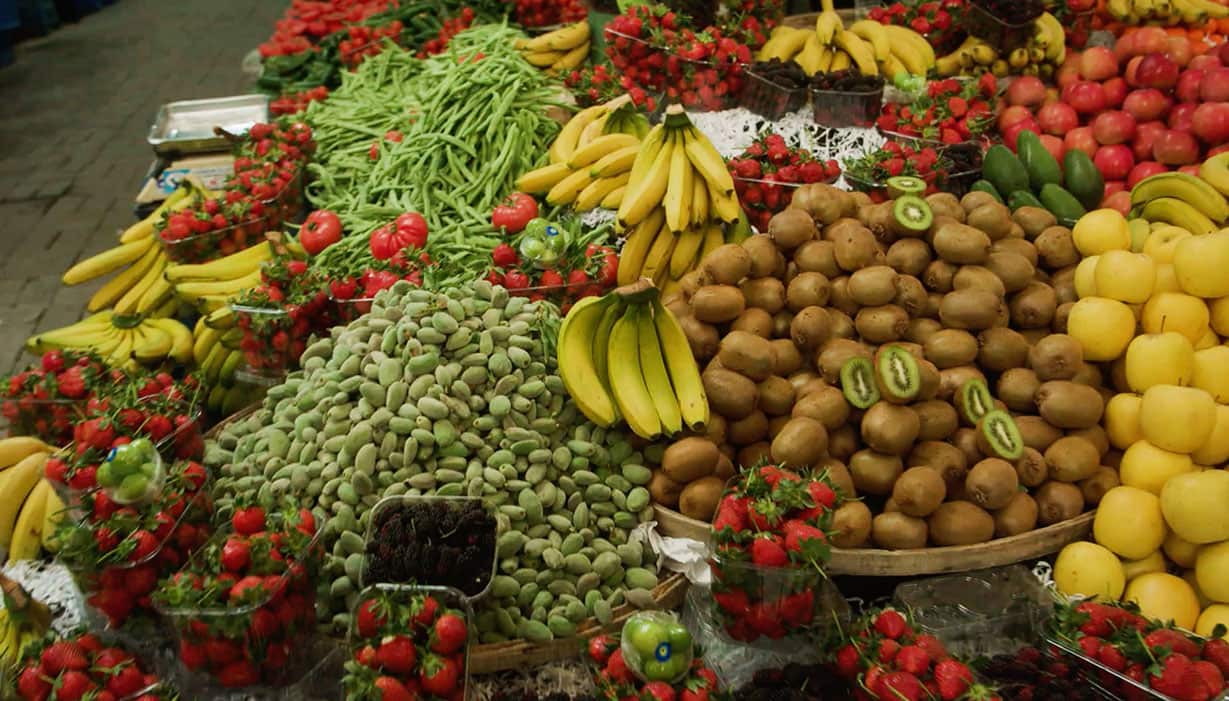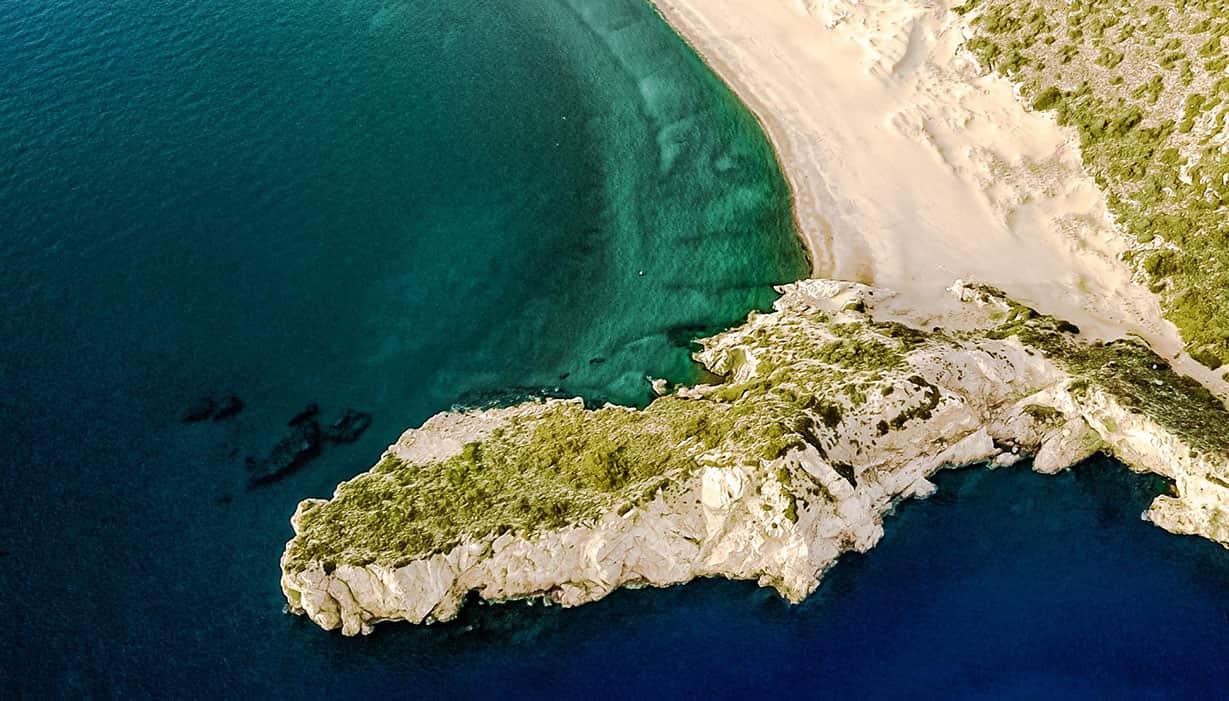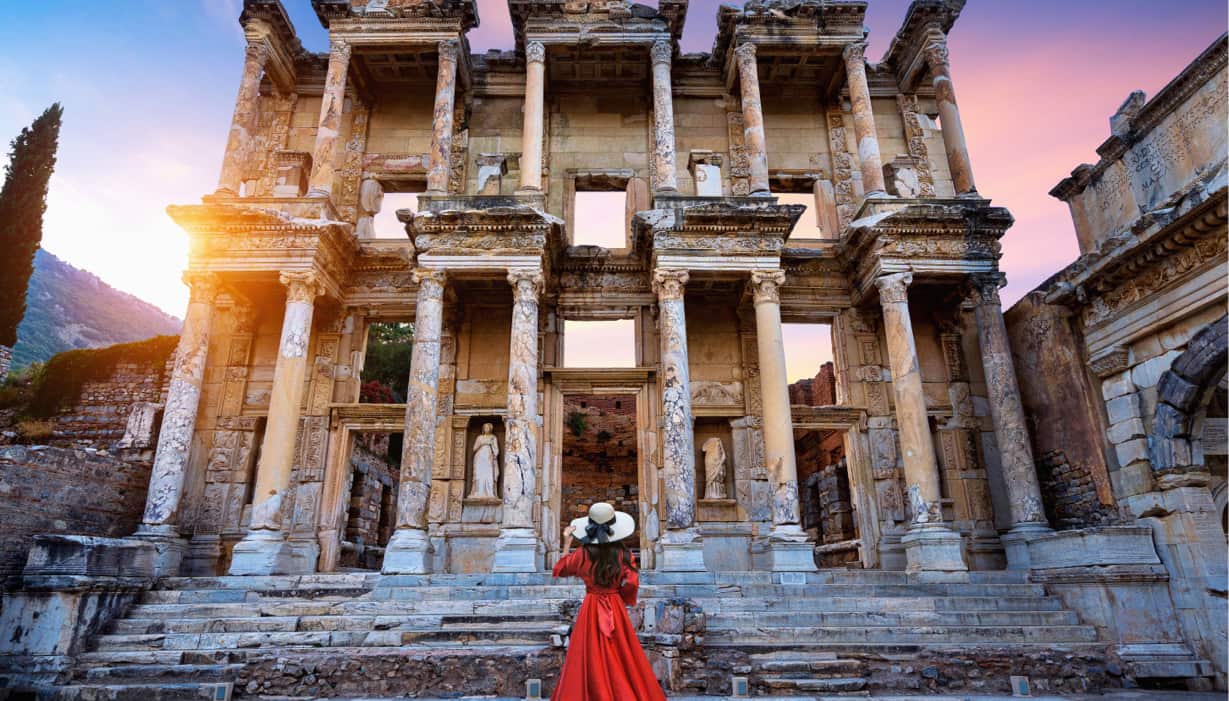
Whirling through history: How the legacy of a spiritual master lives on in Türkiye
For eight centuries, the teachings of Hz. Mevlânâ Celâleddîn-i Rûmî have been enlightening people around the world. Discover the Turkish city where they were inspired and where they would go on to motivate an entire spiritual movement—one centered around divine, mortal, and self-love.
Words of wisdom
In Türkiye, history is rooted deep in its soil, but its influence continues to be felt above ground. The city of Konya epitomizes this historical and cultural legacy. Home to one of the most ancient settlements of the central Anatolian region—dating as far back as the Neolithic Period (7000 BCE)—Konya promises visitors a time-bending journey, as well as a spiritual one.
Konya is a revered pilgrimage destination, only an hour away from İstanbul via a domestic flight. Every year, it attracts millions of people who come in search of divine truth, knowledge, and love under the religious practice of Sufism. It is also here that they seek out the resting place of the 13th-century Sufi master, mystic, and poet—Hz. Mevlânâ Celâleddîn-i Rûmî.
As the father of the Mevlevi Order, Mevlânâ taught his followers how to incorporate tolerance and acceptance, kindness and awareness into their everyday lives. Today, these lessons live on through his family who are committed to sharing his wisdom with the world. This includes his 22nd descendant Esin Çelebi Bayru; “I am lucky to be one of his grandchildren. I love preserving his teachings.”
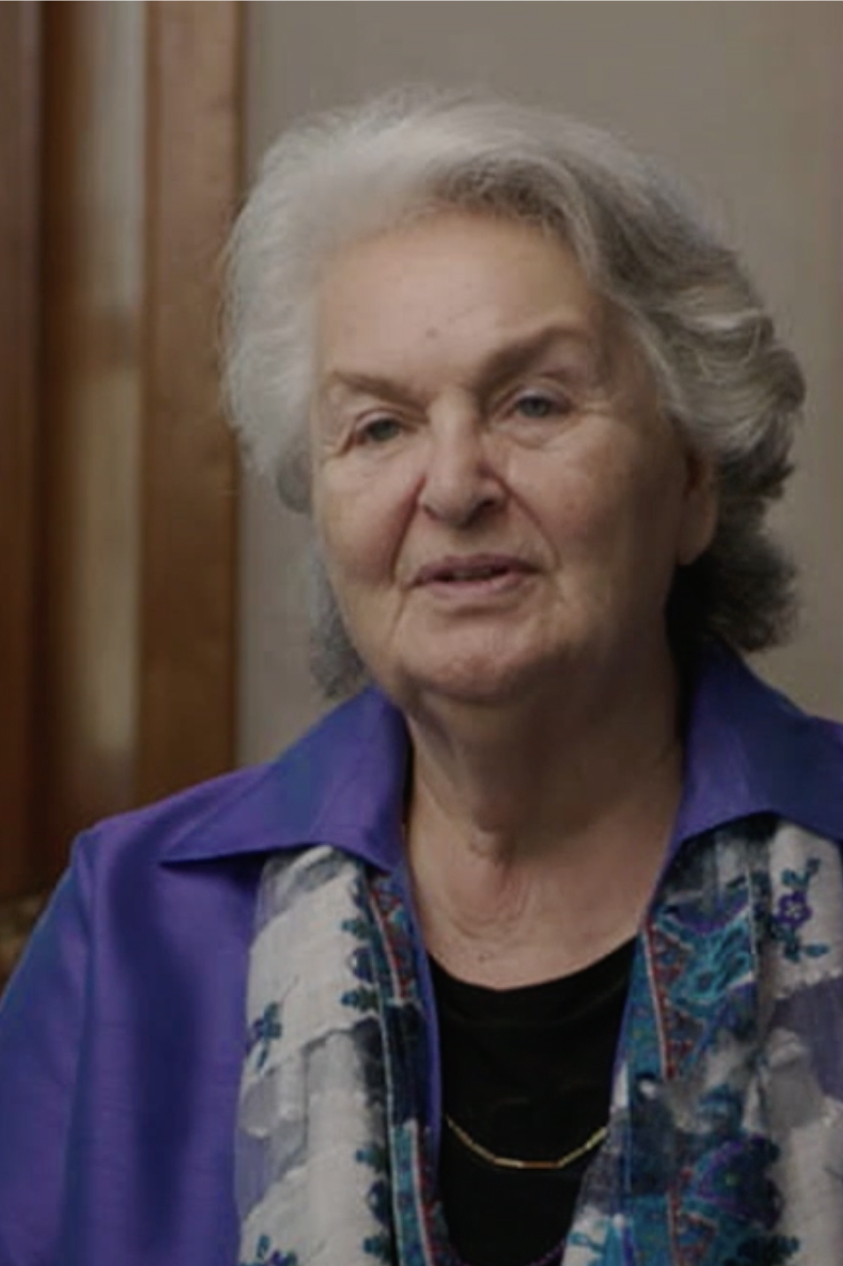
Grounds of worship
Upholding the spiritual duty of her distant grandfather, Çelebi is now the Deputy Chairman of the International Mevlânâ Foundation. Established by her father in İstanbul in 1996 and in Konya 15 years later, the foundation is recognized by UNESCO as an authentic representative of the Mevlevi tradition and an inspiration to future generations.
“It is a very nice thing for us to be able to provide such a service and to be of benefit to people,” says Çelebi. Many of these services are carried out in the Mevlânâ Museum, which holds the tomb of the great mystic of the same name. As the institute's most sacred exhibit, visitors can expect to see a gold embroidered sarcophagus surrounded by floor-to-ceiling tiles that display a myriad of color.
Continue your tour of the museum and discover the huge collection of Mevlevi artifacts as you go. On show are just some of Mevlânâ’s life works—which comprise five books and more than 70,000 verses of poetry—his prayer rug and coat, and a series of Qur’ans. Be sure to view the Çelebi family tree which includes 26 generations over 800 years, making it one of the oldest traceable trees in the world.
“It is a very nice thing for us to be able to provide such a service and to be of benefit to people,” says Çelebi. Many of these services are carried out in the Mevlânâ Museum, which holds the tomb of the great mystic of the same name. As the institute's most sacred exhibit, visitors can expect to see a gold embroidered sarcophagus surrounded by floor-to-ceiling tiles that display a myriad of color.
Continue your tour of the museum and discover the huge collection of Mevlevi artifacts as you go. On show are just some of Mevlânâ’s life works—which comprise five books and more than 70,000 verses of poetry—his prayer rug and coat, and a series of Qur’ans. Be sure to view the Çelebi family tree which includes 26 generations over 800 years, making it one of the oldest traceable trees in the world.
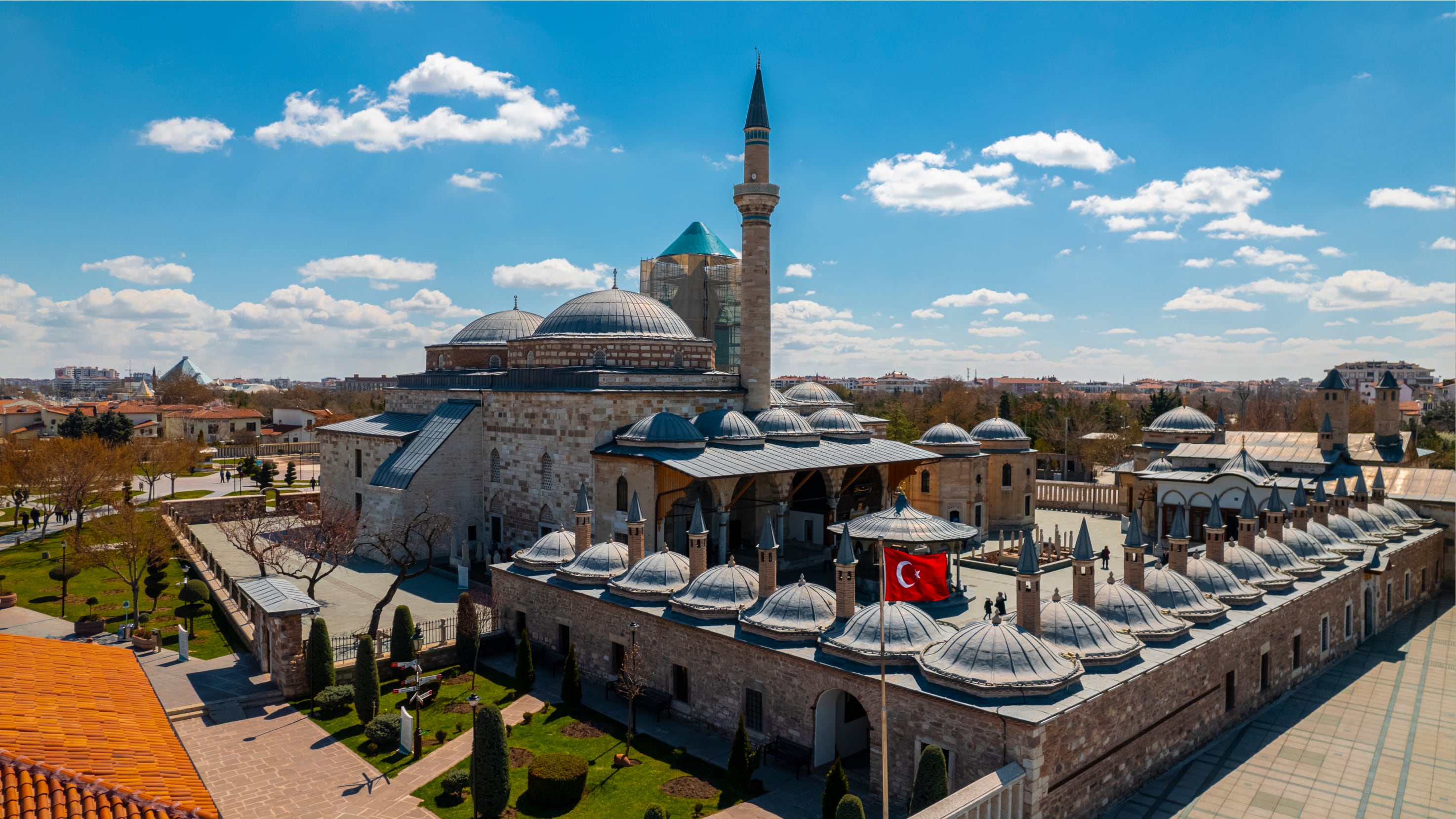
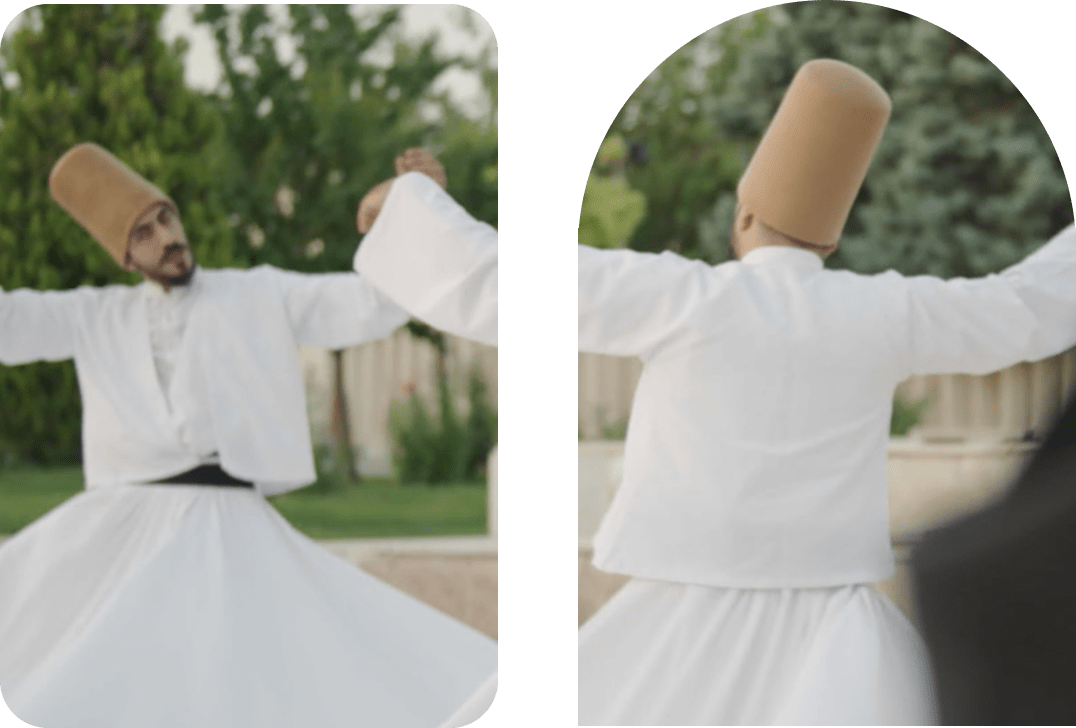
For a truly momentous sema ceremony, travel to Konya in December when the Vuslat Anniversary International Commemoration Ceremonies take place to commemorate Mevlânâ’s passing. Across a ten-day period, whirling dervishes take over the city, culminating with the Şeb-i Arus or “wedding night” ritual which signifies Mevlânâ’s union with God. In keeping with his teachings of love and acceptance, everyone is welcome to attend.
Turn of events
“People come [to Konya] to find themselves,” explains Çelebi. Many hope that by being physically closer to Mevlânâ, they will feel a stronger connection to the soul and to God. This was traditionally achieved by members of the Mevlevi Order through a sema ceremony—an active meditation practice performed by “whirling dervishes” to cleanse themselves of their egos.
Locals, pilgrims, and tourists can witness the ritual throughout the week at the Mevlânâ Cultural Center in Konya. Listen to traditional Sufi music and be transfixed by the dervishes as they spin in repetitive circles across the floor. From their garments to their movements, take note of every component that is symbolic of their journey towards greater purity.
For a truly momentous sema ceremony, travel to Konya in December when the Vuslat Anniversary International Commemoration Ceremonies take place to commemorate Mevlânâ’s passing. Across a ten-day period, whirling dervishes take over the city, culminating with the Şeb-i Arus or “wedding night” ritual which signifies Mevlânâ’s union with God. In keeping with his teachings of love and acceptance, everyone is welcome to attend.
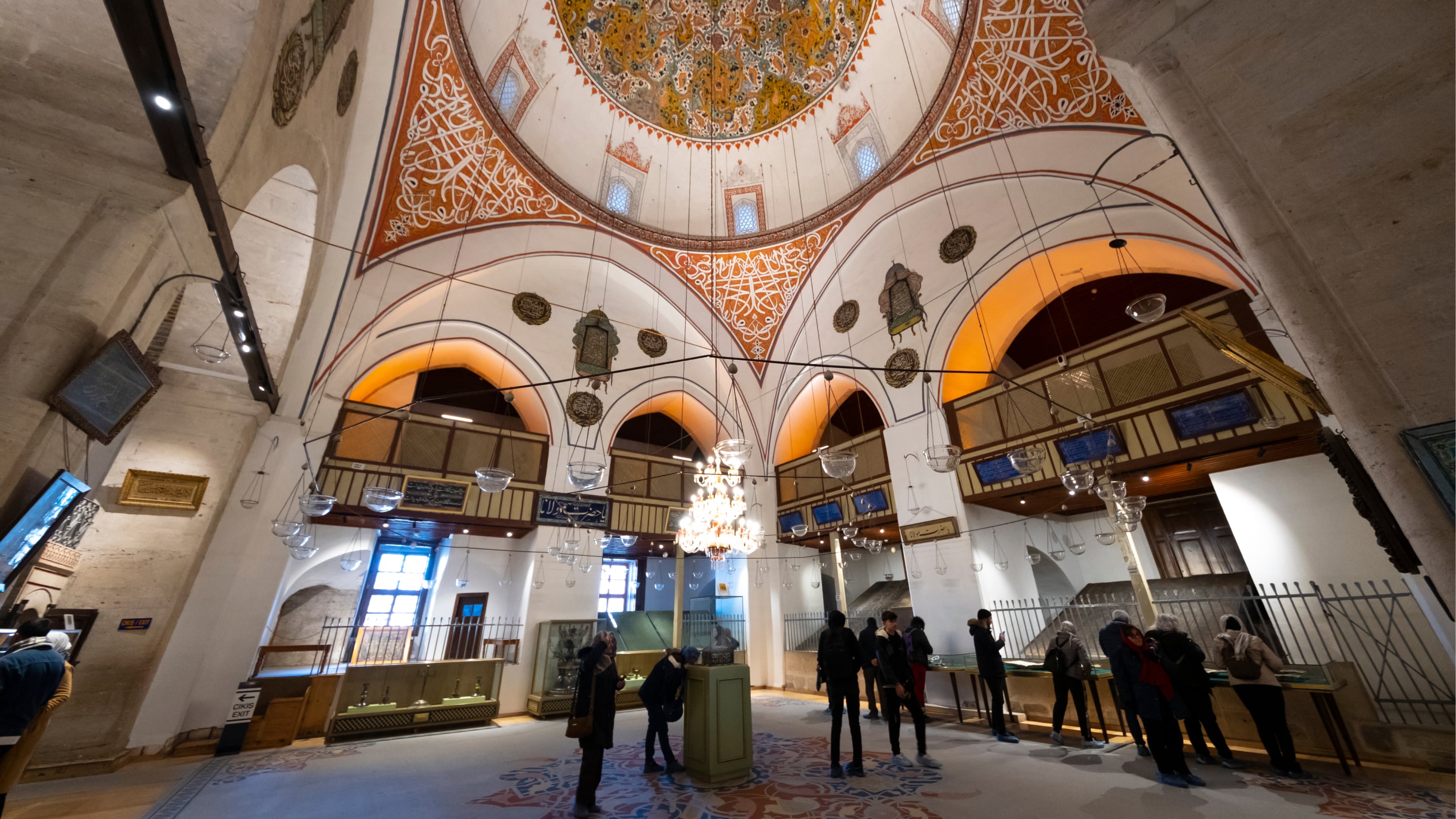
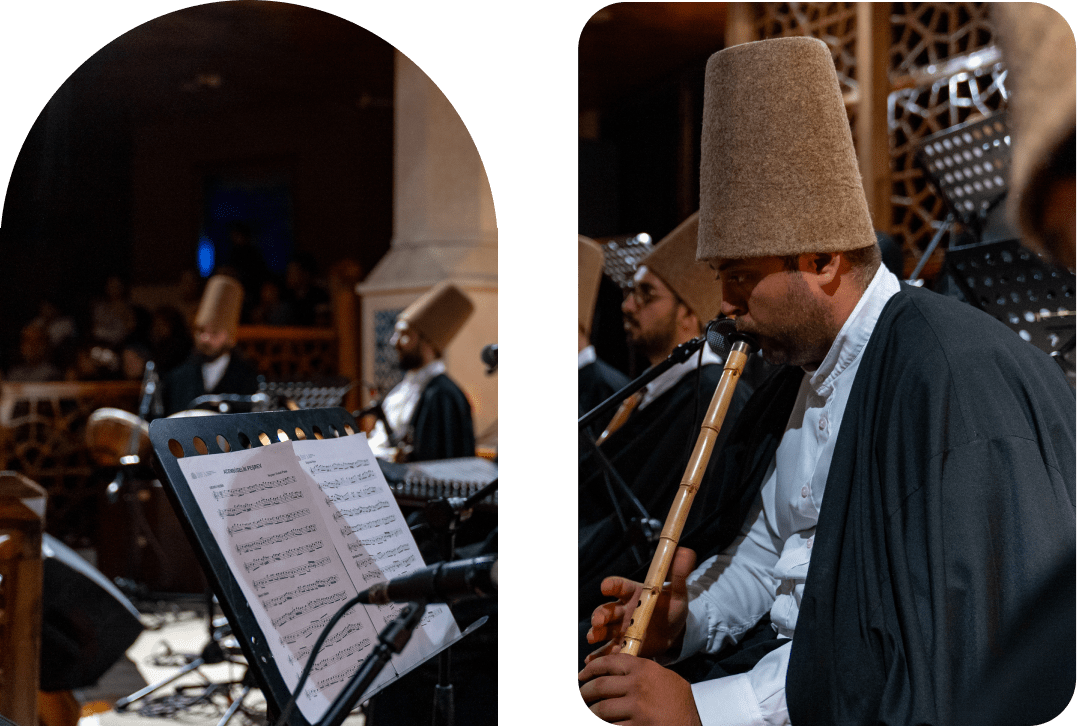
Take an extended stroll across the city and stumble on a street monument that looks like two waves coming together. ‘The Union of the Two Seas’ is dedicated to the first—and pivotal—meeting between Mevlânâ and his spiritual instructor Shams-i Tabrīzī on November 30, 1244. Despite being a small installation, it will help you to piece together the chapters of Mevlânâ’s fascinating life story.
Peace of mind
Spirituality and peace are the essence of Konya. “We have felt this as we have been coming and going since our childhood,” says Çelebi. While the call to prayer echoes in between the city’s ancient mosques, labyrinthine bazaars, and picturesque gardens, it inevitably leads travelers to places touched by Mevlânâ or inspired by his principles.
In walking distance from the Mevlânâ Museum is one of Türkiye’s largest panoramic museums, the Konyanüma. Within the decorated building, visitors are transported to the 13th century through a collection of oil paintings depicting the life of Mevlânâ. Outside, they are presented with miniature models of Mevlevi houses which show what society was like at the height of the Mevlevi Order.
Take an extended stroll across the city and stumble on a street monument that looks like two waves coming together. ‘The Union of the Two Seas’ is dedicated to the first—and pivotal—meeting between Mevlânâ and his spiritual instructor Shams-i Tabrīzī on November 30, 1244. Despite being a small installation, it will help you to piece together the chapters of Mevlânâ’s fascinating life story.
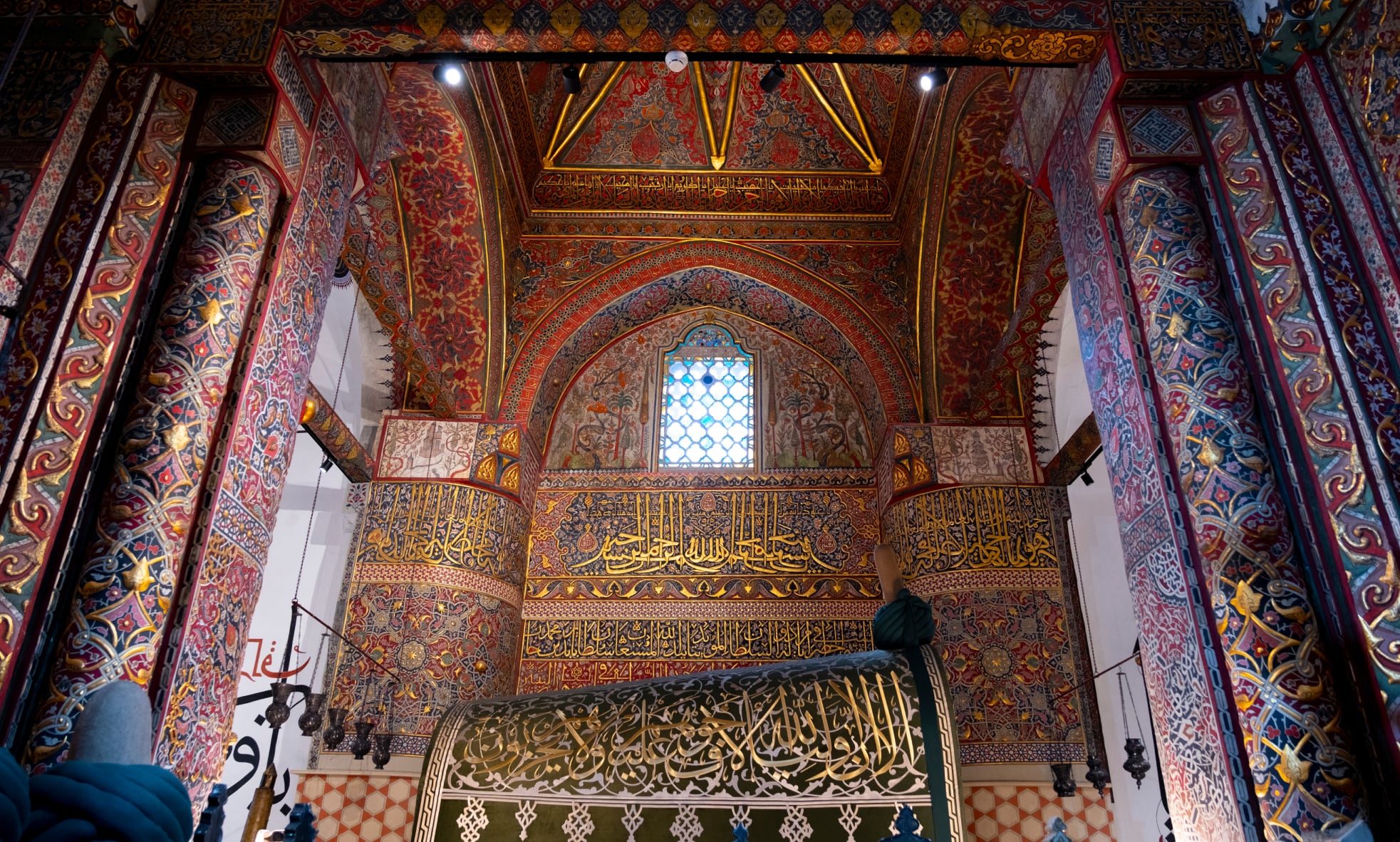
While Konya is a unique holiday destination, it is also a place to fulfil a personal pilgrimage. Having reconnected with mind, body, and soul, you will leave this corner of Türkiye not only with a better understanding of Mevlânâ, but a better sense of the self.
